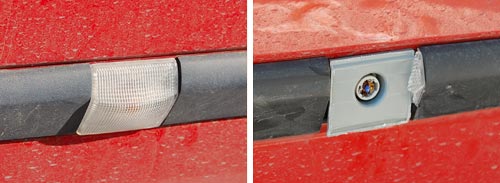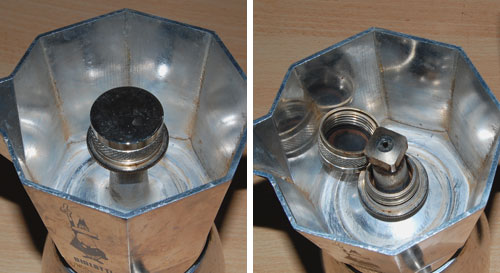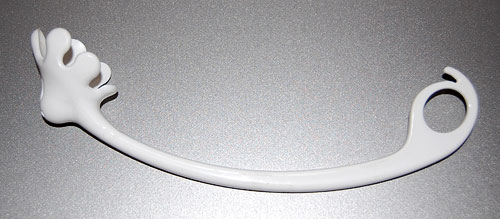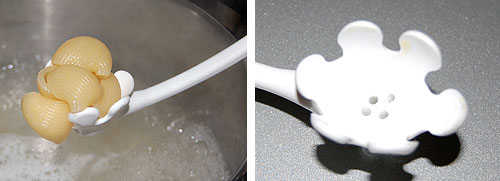Last year we traded in our old Clio, and got the latest model. Nice car, as before, and it looks like the design engineers at Renault have been busy thinking of ways to improve it. Like the side molding on the doors: the new car has a turn indicator lamp right inside it!

Now, though they’re often touted as “decorative trim”, these moldings have a practical function: they are essentially protective bumpers that absorb the usual nicks and scratches that the side of a car suffers all too often. To put a fragile light fixture in one, where it is guaranteed to break at the first scrape with a tree or a passing car, makes about as much sense as sticking your head out the open car window on the freeway. Of course, once it gets smashed, you can sell the customer a replacement part…

So there, it happened to us! The Clio got hit lightly by another car, and behold… the turn light was shattered, the rest of the molding was fine, and the authorized garage insisted they can only replace both as one piece – not just the lamp, but the entire strip, made more expensive because it contains a lamp. One look at the photo can convince you that the two are actually separate pieces – note the different color of the plastic.
But hey, business is business!
 of a much stronger, foamy brew; and upon inquiring how they could produce it at home we were shown the Brikka, the machinetta with the “sbuffo” (the dictionary says “gust of wind; puff“, but a fiery snort sounds more appropriate to convey this word’s feel).
of a much stronger, foamy brew; and upon inquiring how they could produce it at home we were shown the Brikka, the machinetta with the “sbuffo” (the dictionary says “gust of wind; puff“, but a fiery snort sounds more appropriate to convey this word’s feel).



 While they were at it, they also did the handicapped spaces – now no one can say (honestly or not) that they didn’t notice the faded symbol on the pavement; if you park in one of these spaces, it stares you right in the face.
While they were at it, they also did the handicapped spaces – now no one can say (honestly or not) that they didn’t notice the faded symbol on the pavement; if you park in one of these spaces, it stares you right in the face.








